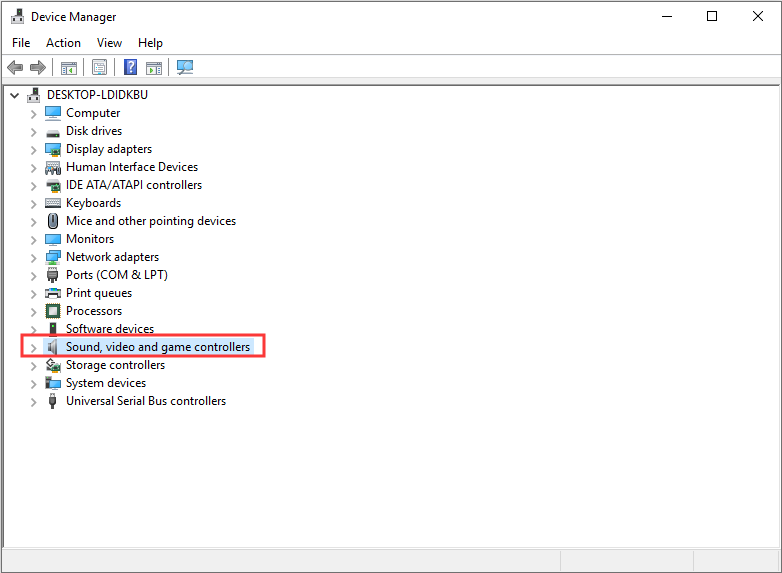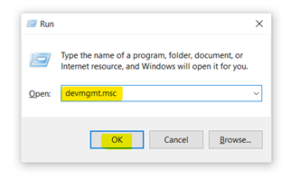

- Graphclick for windows how to#
- Graphclick for windows for mac#
- Graphclick for windows mac os#
- Graphclick for windows software#
You don’t have to put your programs in the Applications folder, though: they’ll run from anywhere.

dmg installation file from the official link on above
Graphclick for windows for mac#
Like if you wanna download GraphClick for mac from this page, you’ll directly get the.
Graphclick for windows mac os#
Most Mac OS applications downloaded from outside the App Store come inside a DMG file.
Graphclick for windows software#
GraphClick is a graph digitizer software which allows to automatically retrieve the original (x,y)-data from a scanned graph, a chart or a movie. The other reason, of course, is that bitmap figures look ugly.Note: GraphClick is not being sold anymore and is listed only for people who had purchased it in the past. The ability to do this is just one more reason to not submit figures as bitmaps. (4) Scale these arbitrary X, Y data to the correct coordinate scale, via careful measuring and/or comparison with outputs from the digitizers above. (3) Convert the postscript code into standard (X, Y) coordinates - I have a Python function to do this. I use InkScape, which lets me click-select the curve I want and see the underlying code directly (in “Edit” –> “XML Editor”), and then I copy-and-paste it. (2) Rip the desired PostScript code from the figure - this looks something like “m 5328.86,3663.79 -1.98,-1147.75…” - and save it into a text file.

(1) Download the document source from the arXiv (select “Other formats,” then “Source”)
Graphclick for windows how to#
I only know how to do this with PostScript figures, and here’s how: Most such tools tend to focus on extracting data from a digitized bitmap, but if you don’t want to lose information your best bet is to extract the vectorial data directly from the figure. This is a fairly perverse case, as there are multiple overlapping curves but it took less than a half-hour, start to finish, including send the output text files to my collaborator. I used the curve-finding algorithm to follow one of the curves the digitized points are shown by little red dots. Here’s an example from a recent paper (Mannucci et al. Plus you can save the whole project, should you need to come back later and alter a fit. You can organize your digitized data into multiple datasets, which you can save as text files. I used to use Dexter, but now I’m in love with GraphClick ($8, shareware.) Just screengrab the plot, paste it into GraphClick, click a few key points on the x and y axes and type in coordinates, and then either choose your data by hand, or use one of GraphClick’s curve-finding algorithms to automatically identify data. I could write the author and wait several days for them to dig up the plot file and send me the digitized version, but I want to compare now!” One solution is to digitize the published plot. Here’s a common workflow: “I want to overplot a curve from the literature on my new plot.


 0 kommentar(er)
0 kommentar(er)
